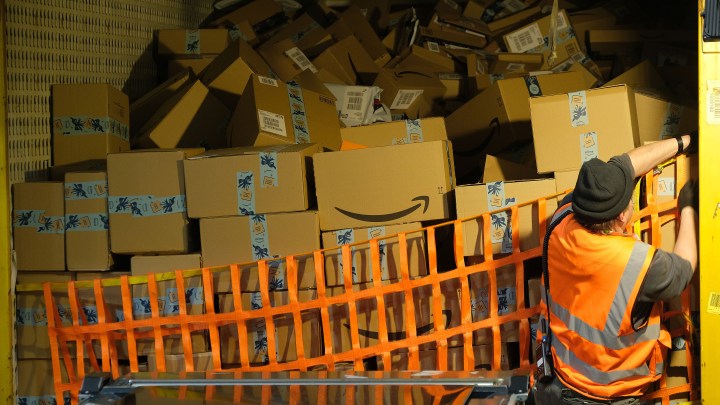
‘Tis the season of post-holiday gift returns

It’s the first week in January, which means lots of people are sorting through the gifts they received and deciding what to do with them.
American consumers are expected to return $171 billion worth of merchandise bought this past holiday season. That accounts for about 18% of all sales, according to the National Retail Federation, about the same rate of return as last year.
This reporter is one of those consumers making a return. Last month, I bought a cutting board online, but I didn’t read the product description that said it was two feet long, weighed 16 pounds, and required regular massages with a special canister of oil.
That’s way too big and nice for the kind of cooks we are in the kitchen we have. So, I packed it up to return it.
The packing slip says “professional cutting board.” That’s part of the problem — we needed an amateur cutting board.
The board cost more than I’d like to admit, and I’m happy to pay the $10 to return it.
“Candidly, I’m shocked that it’s only $10,” said Sucharita Kodali, a retail analyst at Forrester. She says companies often subsidize returns to keep customers happy, even though her research shows only half of online returns end up back on the virtual shelf.
“But in many cases, it’s a physical inspection. And if it’s not perfect they’ll just often throw it away,” Kodali said, because that’s often cheaper than repackaging the item and getting it back to the place where it can be re-shipped.
Mark A. Cohen at Columbia Business School says one solution is more regulations governing where things can go once they’re returned.
“Because we’re paying for this, this is something that’s embedded in the calculation that drives their retail prices,” Cohen said.
In the meantime, Cohen suggests retailers do a better job with their product descriptions — like really highlighting how heavy a cutting board — and that consumers actually take the time to read them.
There’s a lot happening in the world. Through it all, Marketplace is here for you.
You rely on Marketplace to break down the world’s events and tell you how it affects you in a fact-based, approachable way. We rely on your financial support to keep making that possible.
Your donation today powers the independent journalism that you rely on. For just $5/month, you can help sustain Marketplace so we can keep reporting on the things that matter to you.











